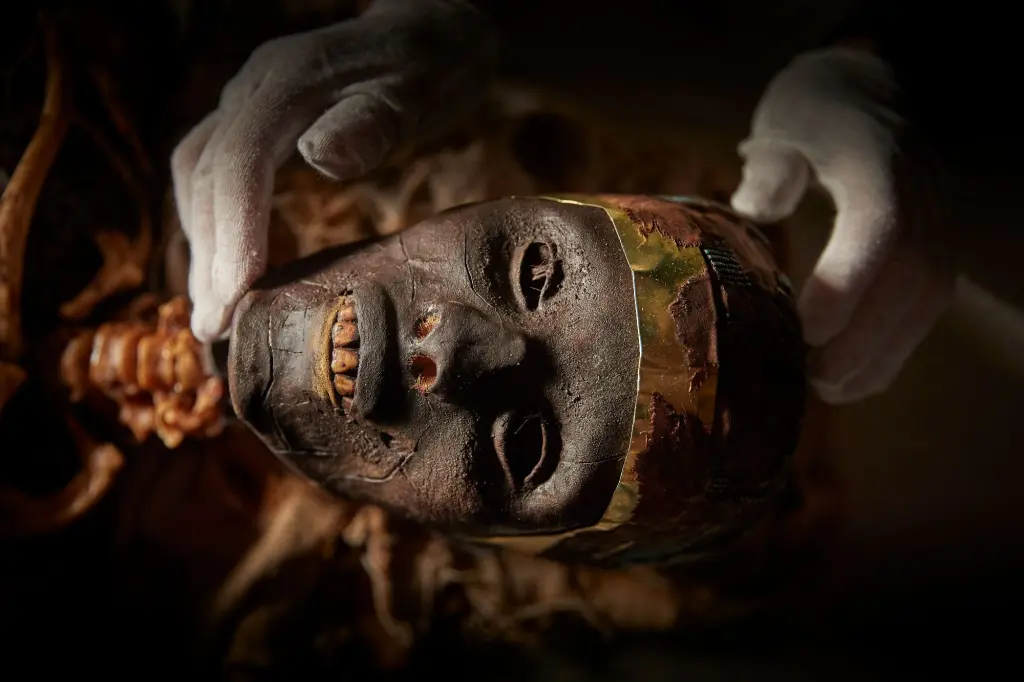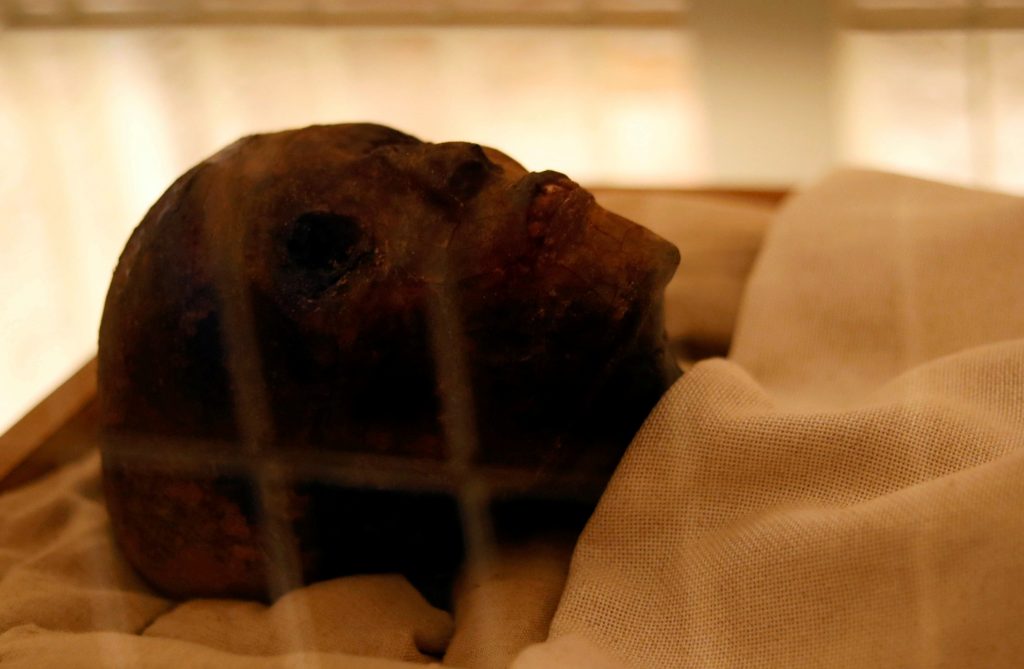
King Tut’s face revealed for the first time in over 3,300 years
This face reveal was tut-ally awesome.
Scientists have finally unveiled what the fabled Egyptian King Tutankhamen would have looked like during his reign of power over 3,300 years ago.
Utilizing a digital model of his mummified skull, teams from Australia, Italy and Brazil managed to re-create the face of King Tut, according to a new study that is set to be published in the Italian Journal of Anatomy and Embryology.
“He looks like a young man with a delicate face,” said Brazilian graphics expert and co-author Cicero Moraes. “Looking at him, we see more of a young student than a politician full of responsibilities, which makes the historical figure even more interesting.”
According to Moraes, 40, the team did not have direct access to the former pharaoh’s skull, making the modeling very difficult.

Thankfully, the team was able to obtain records from previous studies that included references to skull measurements as well as photos of Tut, who ruled from 1332 to 1323 BC.
“It was detective work, where traces of information were concatenated in order to provide us with a three-dimensional model of the skull,” explained Moraes. “With the proportion data and some important cephalometric measurements, it was possible to take the digital skull of a virtual donor and adjust it so that it became the skull of Tutankhamen.”
Tut’s burial chamber, which was discovered in 1922 by British archaeologist Howard Carter, is located deep underneath Egypt’s Valley of the Kings.
The tomb has been the subject of curiosity for several historians and survey teams, who have been sent in to solve the mysteries that the tomb may still be concealing.

Michael Habicht, who is an Egyptologist, archaeologist at Flinders University in Australia and co-author of the study, said the model is very similar to one done in 2005.
“Our reconstruction is amazingly close to the one made by a French team a few years ago,” said Habicht. “It also corresponds with the ancient depictions of Tutankhamen, especially with the head on the lotus flower from his tomb treasure.”
Moraes believes that the teams have developed a good replica of what the ancient ruler looked like in real life.
“Faced with the studies we have developed with data from living people, comparing projections with actual measurements, we are confident that there is good compatibility with the real face in the general structure,” said Moraes. “I entered as a person who appreciated ancient Egypt and left now as a true fan of this impressive culture, full of determination to study more and bring to light other pieces of its fantastic history.”




